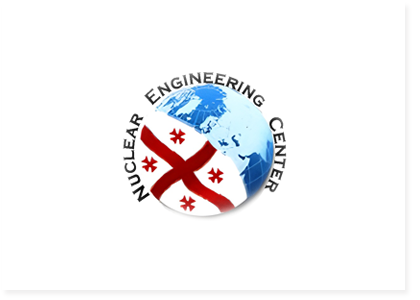CERN, Room C (61/1-009) and via videoconference
Abstract
Accurate measurements are essential for scientific research, as they form the basis for scientific theories and conclusions. However, scientific measurements are subject to various sources of error, including systematic errors. Experimental systematic errors arise due to non-perfections in the detailed understanding of how the instrument responds to the signals it is supposed to measure and to the precise knowledge of where every single active sensor is located in space and also what material constraints exist between the signal source and the sensors. Geometry modelling provides exactly this knowledge, it makes the measured data at every one of the often many sensors in a given instrument to become meaningful data that can be analysed.
Sharmazanashvili’s book gives a detailed overview of the complexity inherent to geometric modelling, where the novelty he is introducing is to derive all geometry models consistently from a central reference geometry model, which requires a strictly hierarchical approach for handling all geometry data. Sharmazanashvili presents the usefulness of a hierarchical reference geometry model, on which application specific simplified geometry models are derived. Thereby, consistency between different simplified models is guaranteed and costs can be saved as different simplified geometry models do not need to be developed individually and independently, but simply follow from a reference prescription.
The author, Alexander Sharmazanashvili, is an expert in computer aided design and engineering. He spent many years at CERN working for the ATLAS experiment. The physical copies of the book are produced by Cezanne Printing House, Tbilisi, Georgia.
The book presentation will be followed by a drink reception.
More information on Indico.





 Visit Today : 9
Visit Today : 9 Visit Yesterday : 245
Visit Yesterday : 245 This Month : 6116
This Month : 6116 This Year : 28052
This Year : 28052




